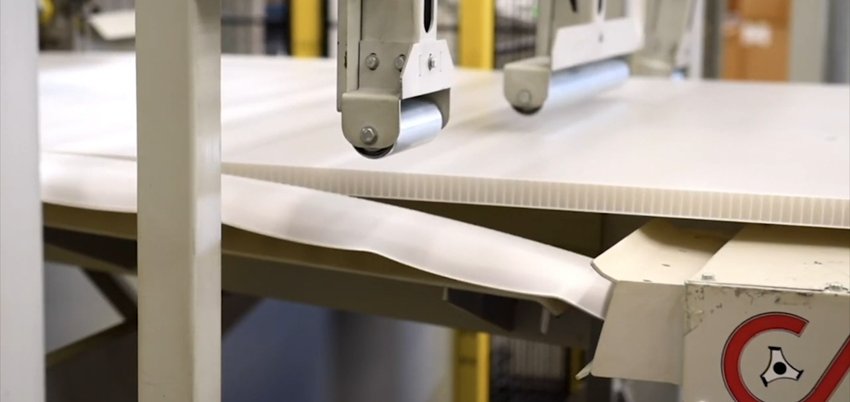
The honeycomb panel, also known as the honeycomb composite panel, comprises two surface panels and a honeycomb middle layer. There are three main composite processes commonly used:
1. Room temperature curing composite process
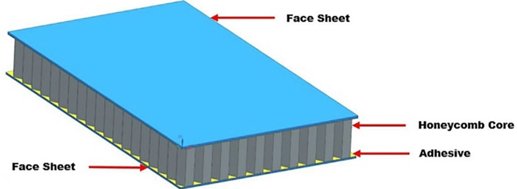
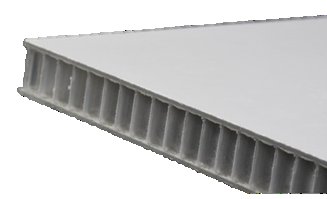
First, spray glue on the surface panel, then stack the honeycomb core and surface panels in sequence, apply appropriate pressure, and it will cure in one week at room temperature. If you use a hot press to heat the environment to less than 100 degrees for curing, it will Cures in just a few hours. The bonding glue generally uses two-component polyurethane glue and two-component epoxy structural glue. The honeycomb panels produced by this process have poor adhesion and poor weather resistance. They can be used for indoor decorative partitions, but are not suitable for outdoor use.
2. Thermoplastic film continuous compounding process
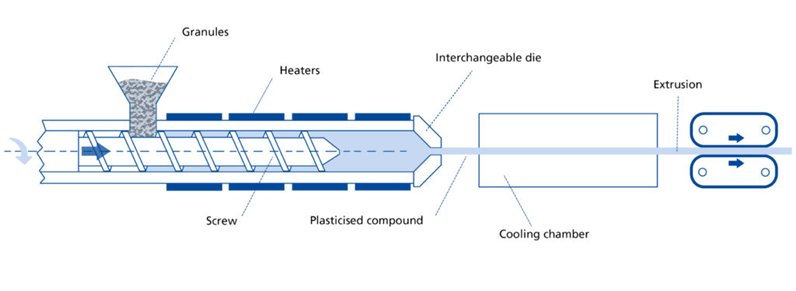
First, the panels and honeycomb cores are stacked in order and then sent to the flat edge lamination machine in order. Under pressure and heating, they can be compounded in a few minutes. The honeycomb panels produced by this process have smoothness, weather resistance, and High adhesion.
3. Epoxy film composite process
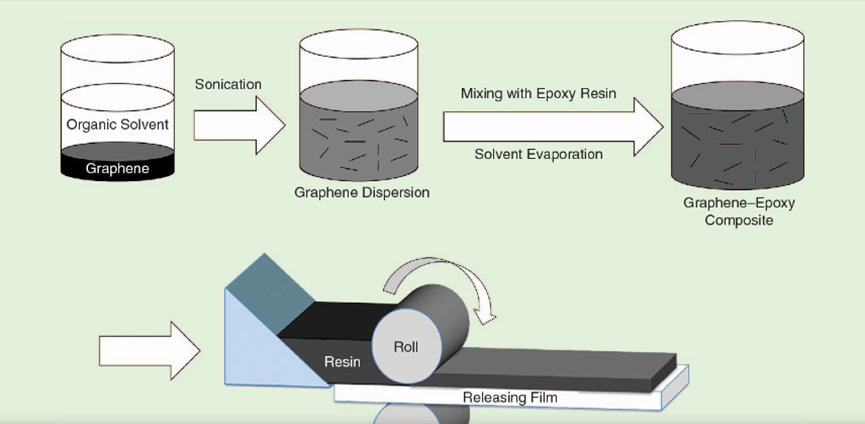
epoxy composite film fabrication processes
First, stack the panels and honeycomb core in sequence, and then send them to a heat press to heat to 150 degrees. After about 10 minutes, the thermoplastic film is continuously compounded and then taken out to cool. The epoxy film is a film composed of epoxy-modified resin and nylon or non-woven fabrics. The honeycomb panels produced using this process have high weather resistance, but the bonding layer is brittle and will delaminate due to long-term vibration, making it unsuitable for rail transit.

